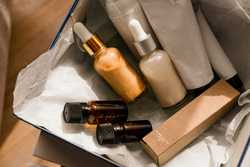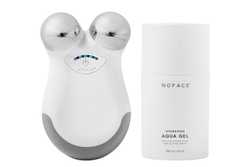How to Apply Cologne and Start Smelling Better, for Longer
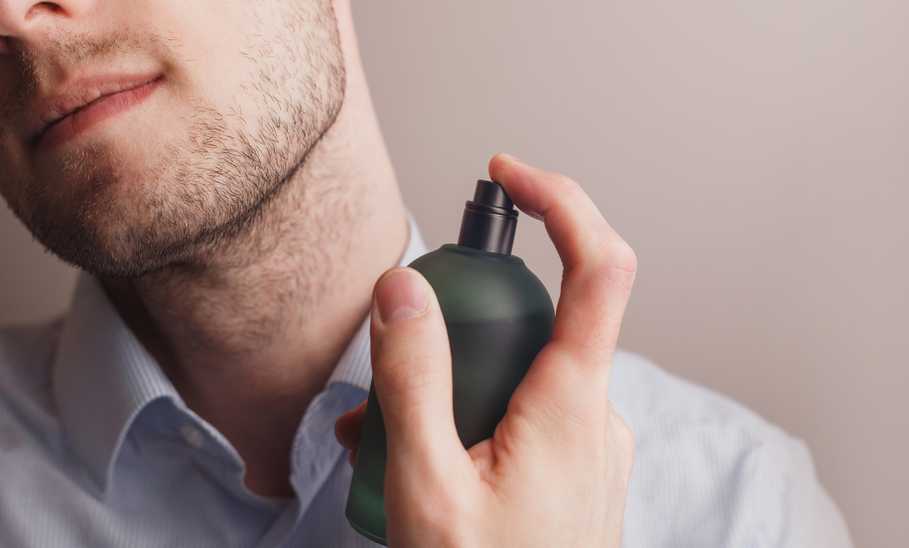
Our evaluations and opinions are not influenced by our advertising relationships, but we may earn a commission from our partners’ links. This content is created by TIME Stamped, under TIME’s direction and produced in accordance with TIME’s editorial guidelines and overseen by TIME’s editorial staff. Learn more about it.
For better or for worse, how you smell can have a significant impact on your confidence, self-perception, and those around you. Unfortunately, hosing yourself down with your fragrance of choice can be t as bad, if not worse, than basking in your body odor. It’s important to apply scent correctly, and although there are a number of application techniques to sift through—from the classic spritz-and-rub on the wrist to the ambitious spray the air and walk through it method—mastering the craft of applying your cologne appropriately isn’t difficult when you know the right steps.
It’s best to apply your cologne on clean, dry skin immediately after you take a shower. When your skin is warm your pores open, which is ideal for fragrance application. Although it’s not necessary for all skin types, you may also want to moisturize at this stage.
If you hold the cologne bottle any closer than three inches, you’re likely going to over-apply the fragrance while also muddling any nuance in the scent profile. A good rule of thumb to keep in the back of your mind is to spray three to six inches away.
Warmth increases the longevity and intensity of your fragrance. Your body emits heat throughout the day, especially in warm pulse points, such as your neck, wrist, and r inner elbows, allowing the cologne to interact with your body chemistry and create a unique, pleasurable aroma.
However, areas with too much friction can cause the scent to degrade, so it’s best to steer clear of the crotch, armpits, and knees. During the initial application, use two to four sprays.
Freshen up your scent at any point with a spray or two on your wrists later on in the day. Remember, too much friction is bad for the scent, so don’t rub your wrists together after spraying.

Although commonly used to describe a men’s fragrance, “cologne” is actually a term indicating the intensity of perfume oil concentration in the scent. Not all scents are created with the same intensity, and greater intensity doesn’t necessarily mean a better scent. There are five categories of scent concentration.
Each cologne has a unique scent profile, and high-quality fragrances should have nuanced ingredients that come out in layers throughout the day. Scent profiles are usually described in three different levels of notes: top, middle, and base. The top notes are present immediately after application.
Body chemistry and hormones play a large role in determining how cologne will smell on the wearer. If your skin is on the oilier side, your cologne may smell stronger after application than it does when you take a whiff directly from the bottle. On the other hand, if you tend to have dry skin, and are willing to splurge, you should check out Oud Wood, a masculine Eau de parfum from Tom Ford. Tom Ford is known for producing some of the highest quality scents using a high concentration of pure perfume oil. Higher concentrations of natural perfume oil generally means a lower concentration of the kinds of chemicals, especially certain types of alcohol, that cause dry skin.
As you shop for a new cologne, you will soon realize from the differing scent profiles (or from the branding) that scents are created to evoke certain emotions, or to complement specific environments. If you live somewhere warm and sunny, consider light, floral scents that aren’t overpowering. Remember, the heat of the environment will increase the intensity of the aroma. On the other hand, earthy and spicy scents are often preferred for colder months or nights out.
Fragrances aren’t cheap, especially those from brand names. However, beware of companies that try to take advantage of the comparably expensive fragrances to pass off a cheap scent. One key indication of quality cologne is the ingredients: While the concoction doesn’t need to be all natural, the key scent ingredients should be sustainably sourced from their natural environments. One of the most renowned fragrance companies, Chanel, continues to harvest and preserve their natural ingredients by hand to preserve their organic quality.
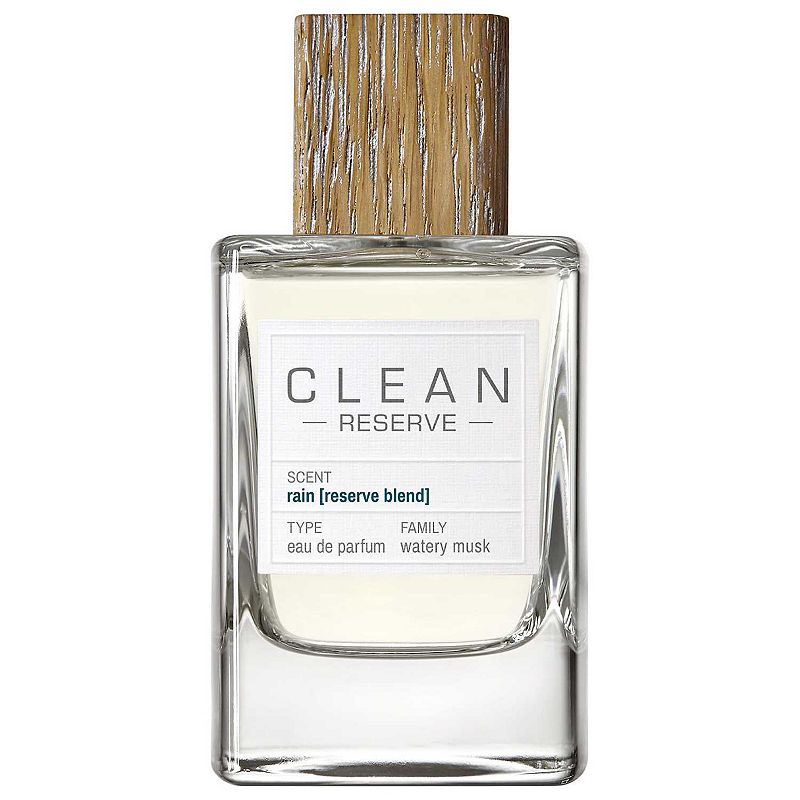
The last thing you want to do is spray a cologne you end up not liking directly onto your skin. Thankfully, with a blotter and a relatively scent-free environment, you can be testing out fragrances like a professional with a little practice.
Some fragrance aficionados like to create a list of three to five fragrance notes they want their new cologne to contain. Having a few key notes in mind comes in handy when you have a handful of blotters and you’re trying to organize your preferences amongst the competing smells.
Once you narrow down a select few that you like from the blotter tests, you can try the finalists directly on your skin. A key consideration to account for at this point is what experts call sillage, or the scent trail – scents with weak sillage will leave almost no trail, while powerful ones will leave scent in your wake, so choose according to your goal.
Take note of what the cologne smells like as it settles on your body, and how the scent profile evolves. Make sure to leave room to test each perfume in a unique area. Ideally, you can test one on each arm and choose between them.
Although the bathroom may seem like a logical place to store your cologne, you should keep it in a cool, dark, and dry space, as the humidity and heat caused by steam from hot showers can cause the fragrance to degrade. Similarly, direct sunlight or constant exposure to indoor light can also decrease the quality of your cologne. Best practice is to store your cologne in a drawer or closet. This will also increase the longevity of your fragrance.
Because quality cologne is made of natural ingredients, the strength of the scent will likely decrease after a period between 18 months and two years, so you should take stock of how often you plan to wear your fragrance before buying it. Although cologne becomes cheaper in larger sizes, it won’t do you any good if you end up with half a bottle of leftover fragrance.
In addition to the storage practices described above, you can increase the lifespan of your cologne by keeping the cap on at all times and storing it on a low shelf—dropping your bottle, even from a low height, can cause enough disruption in the fragrance to break the chemical bonds and change the way the cologne smells. In that vein, avoid excessively shaking your cologne or unnecessarily changing its bottle.
If you’re really committed to getting the most out of your cologne, you can store it in an airtight, light-proof container. Although the inconvenience of pulling it out for each use is too much to justify this for most bottles, you may want to employ this method for special or out-of-production fragrances.
Throwing away leftovers or expired cologne is painful, but it’s not as bad as ruining a brand new bottle. Combining expired, or even aged cologne with a brand new bottle will alter the scent profile of both, likely for the worse.
Using cologne that is past its prime can result in an unpleasant odor, skin irritation, or even allergic reactions in rare cases. It’s best to avoid all of these outcomes by properly caring for your fragrance and knowing when to stop using it. Aside from the length of time it has been open, you should also examine your cologne from time to time for discoloration, which is a sign of degradation.
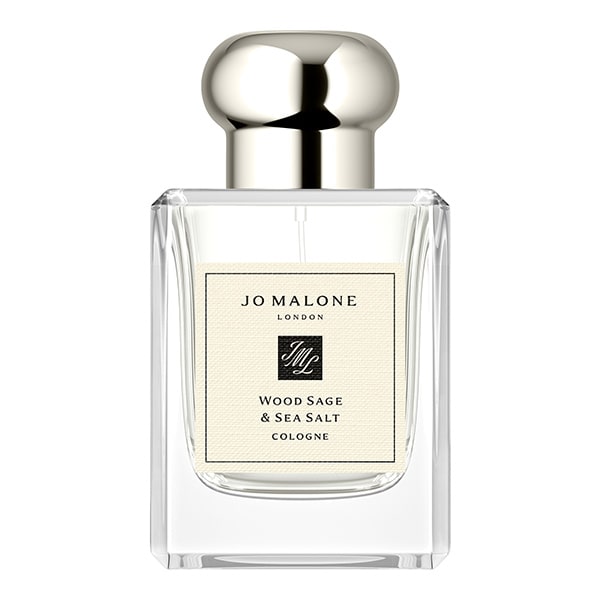
Two to four sprays after you shower should be sufficient. You can always apply more as the day goes on, so it’s better to err on the side of under-application at first.
Cologne is meant to be sprayed directly onto the skin, and that’s what yields the longest lasting results. Spraying cologne into the air or onto your clothes wastes most of the scent and will wear off much quicker than if you spray it on your skin.
No, rubbing your cologne into your skin immediately after application not only degrades the scent while it’s fresh by forcibly mixing it with your natural oils, it also changes the way the top notes smell. Instead of rubbing, dab your cologne on your wrists and neck after application.
Apply your cologne to areas of your body that are naturally warm, but be wary of spots with a lot of friction. Pulse points and warm areas, such as your neck, shoulders, and inner elbows, will naturally intensify the strength and longevity of the scent.
No, there’s nothing wrong with wearing a good quality cologne! In fact, wearing cologne may be able to help you boost your self-confidence and feel your best.
The information presented here is created by TIME Stamped and overseen by TIME editorial staff. To learn more, see our About Us page.


